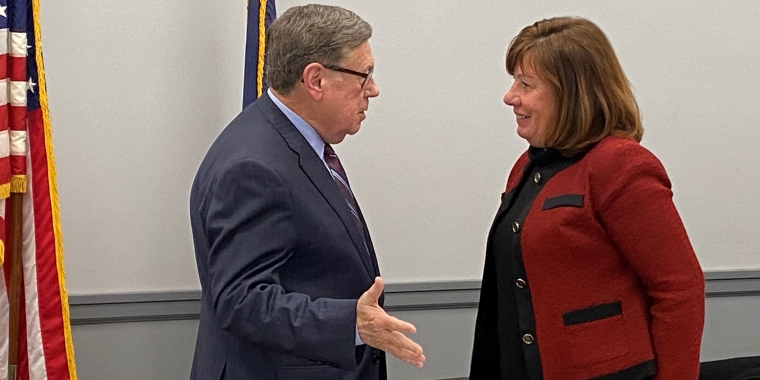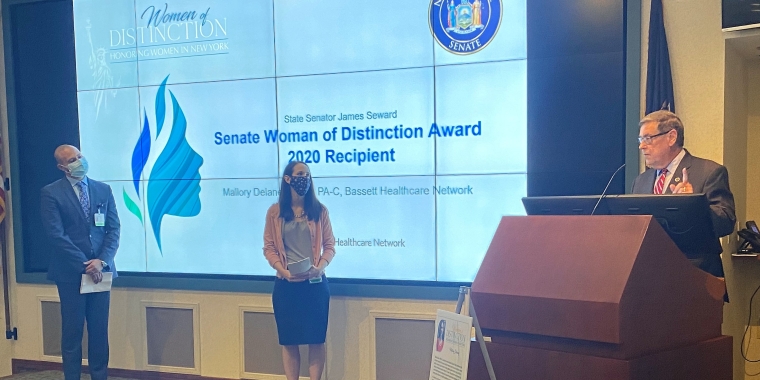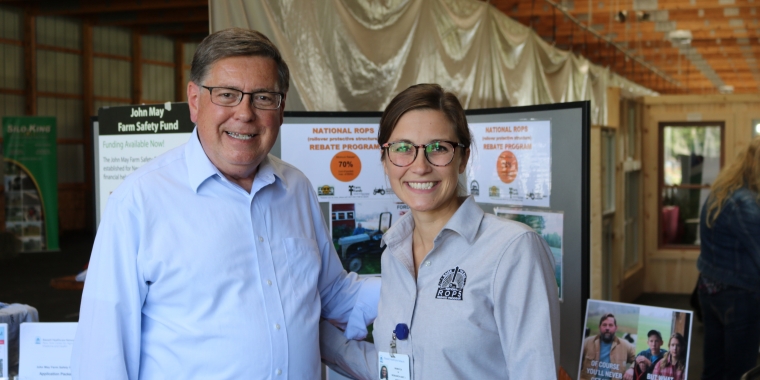
Saving Gas This Summer
James L. Seward
As motorists tighten their belts to beat the high cost of fuel, government should cut back too. I have proposed rolling back the tax on gas to relieve some of the pressure on motorists’ wallets. My plan would temporarily suspend state fuel taxes, which make up almost 10 percent of the price of a gallon of gas. Suspending federal and local taxes boosts that number to 20 percent. Suspending only the state's various taxes will save $6-$7 per fill up. Suspending all taxes will save consumers about $14 on a fill up, depending on the size of a gas tank. Cutting the gas tax during the summer months will provide immediate relief, even as we seek other ways to cut fuel consumption and put a lid on rising prices.
During the state budget debate, the governor had proposed lifting the cap on the state's sales tax and letting state taxes on gas rise with the price of gasoline. That would have been a disaster for families and taxpayers upstate, where we need our cars and trucks for work, getting to school, church or the doctor. We fought the governor's gas tax increase, and won. Now we must lift the state's taxes for three months to help families' pocketbooks and ensure we don't dampen tourism, which is dependent on travel.
Now here are some tips and ideas for saving gas.Slow down. Aggressive driving is not only unsafe, it also robs your vehicle’s fuel economy. By driving the speed limit, avoiding jackrabbit starts and sudden stops, you can improve your vehicle’s fuel economy by as much as 31 percent.
Idling = 0 MPG. Waiting in line at the drive-thru or outside your children’s school, or sitting in traffic, burns fuel without getting you any closer to your destination. Most vehicles will use less fuel restarting than while idling for a minute or two. And today’s vehicles don’t need those long firs-time warm ups, like in the past. Kicking the idling habit can save 19 percent on fuel costs.
Maintain your vehicle. A dirty air filter, fouled spark plugs or clogged fuel filter can prevent your vehicle from operating at its top efficiency. Just replacing your air filter can improve your fuel economy 10 percent. Always follow the manufacturer’s or your mechanic’s advice concerning regular vehicle maintenance.
Proper tire inflation. Under-inflated tires use more energy to roll, which translates into more frequent fill-ups. Check your tire pressure regularly — but always when the tires are cold (before you’ve driven on them for the day) — to improve fuel efficiency by 3.3 percent.
Junk in the trunk? Carrying around excess weight directly drags down your gas mileage. An extra 100 pounds in the trunk can reduce your fuel economy by 2 percent. Empty unnecessary items from the trunk and remove ski and luggage racks from your roof when not in use, to reduce drag on your vehicle.
Use cruise control. Your vehicle’s cruise control helps you maintain a steady speed during highway driving, but it can be less efficient on hilly terrain. Using your cruise control wisely could save 7 percent.
A/C or open windows? Running your air conditioner around town or in city traffic takes a heavy toll on your fuel economy. An open window can often be a more fuel-efficient choice. But on the highway, open windows increase drag and make your engine consume more gas.
Maximize your fill up. Gasoline can become denser in the cooler part of the day, so you can get more for your money. Never overfill your tank, which can cause fuel to spill on the ground as it expands.
Share this Article or Press Release
Newsroom
Go to NewsroomMohawk Valley Nine Pledge Support for Remington
September 28, 2020

Senator Seward Pays Tribute to Senate Woman of Distinction
September 8, 2020


